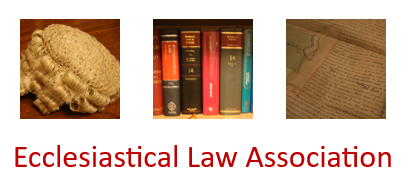The petitioner's maternal grandmother had been buried in grave space 951 in Shenfield Cemetery in 2006. The ashes of her grandfather had been buried in the same grave in 2009. The petitioner now sought permission for the temporary exhumation of her grandfather's ashes, to facilitate the burial of her mother's body in the same grave as her parents, with the ashes of the petitioner's grandfather then being reinterred in the grave. The Chancellor decided that, as the ashes had by mistake been buried at too shallow a depth as to allow the further burial, this was an appropriate case in which to grant a faculty. As a further reason for granting the faculty, the Chancellor said: "I also consider that the alternative test, formerly laid down and applied in Re Christ Church, Alsager [1999] Fam 142, of the existence of a good and proper reason for exhumation which most right-thinking members of the Anglican church would regard as acceptable, is also satisfied."

